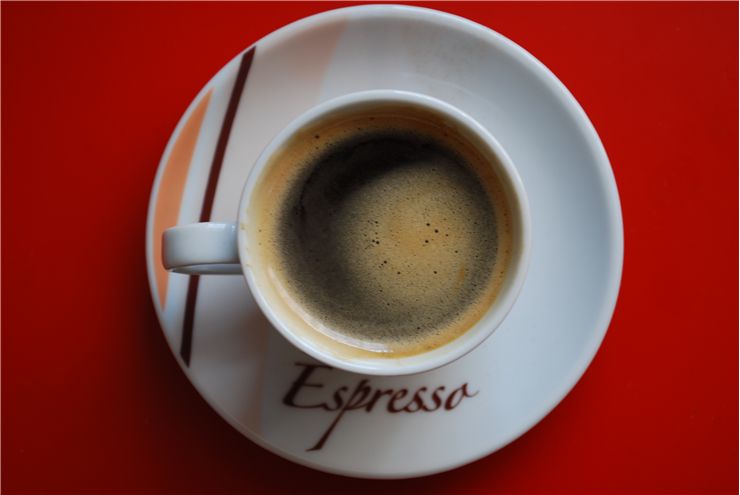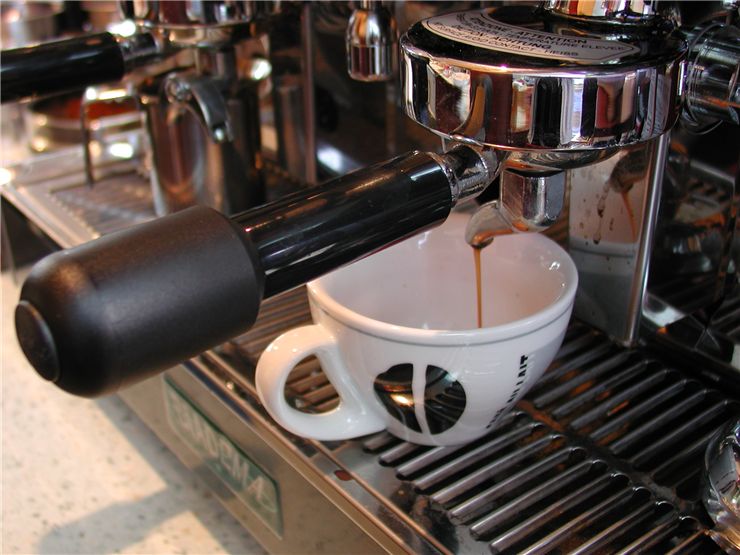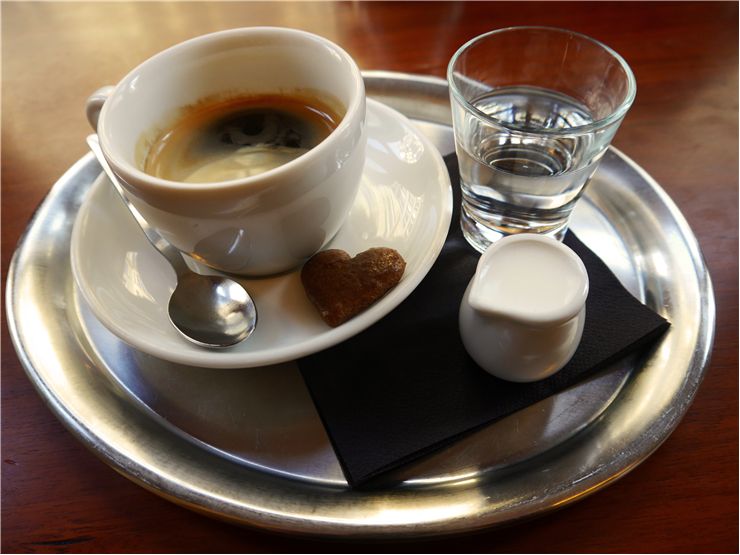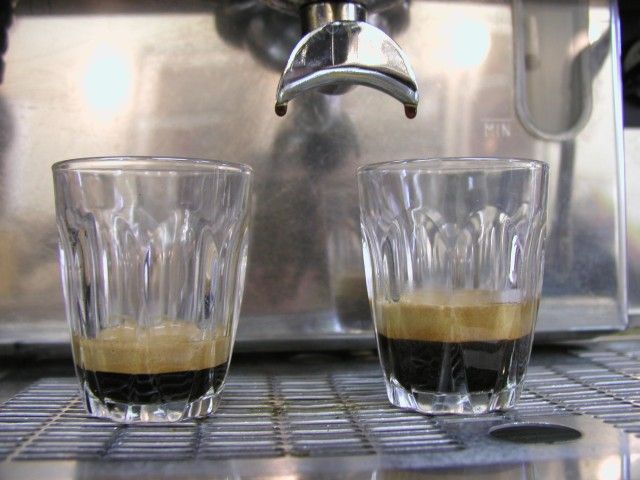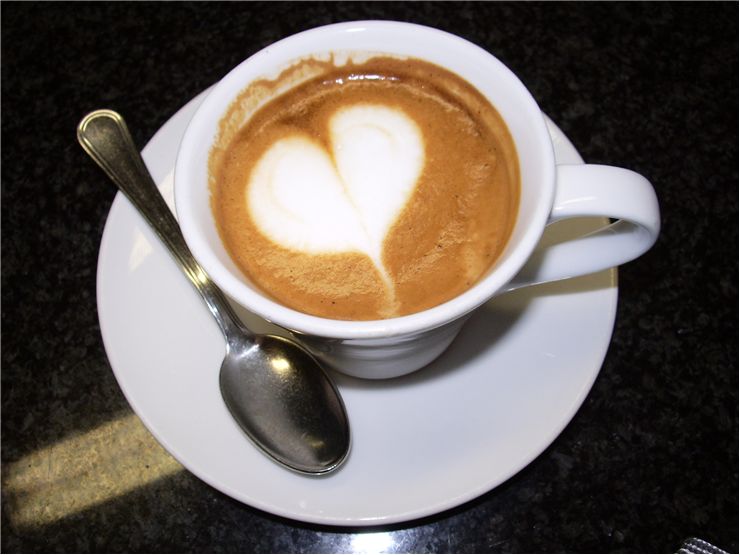History of Espresso Coffee
Espresso is a type of coffee made by brewing in a special way. It is made by forcing a small amount of nearly boiling water under pressure through finely ground coffee beans. It has a higher concentration of suspended and dissolved solids which makes it thicker and much stronger. Espresso has more caffeine per unit volume than most other types of coffee, but is served in smaller sizes. Espresso is made with espresso machine of which there are steam-driven machine, piston-driven pump-driven and air-pump-driven.
There are few ideas about the meaning of the name espresso because words express, expres and espresso each have several meanings in English, French and Italian. The first meaning comes from “pressure” because you "express" or squeeze the flavor from the coffee using the pressure of the steam. The second comes from speed in which coffee is made like and “express train”. Finally coffee is made one by one - "expressly" for a person.
In 1884, the first espresso machine was patented by Angelo Moriondo from Turin. It held a name of "New steam machinery for the economic and instantaneous confection of coffee beverage, method 'A. Moriondo”. Unlike later espresso machines, it was a bulk brewer and brewed coffees for more customers at the time.
1901, Luigi Bezzera, from Milano, patented an improved espresso machine. It had a boiler and four "groups" that held varying sized filters that contained the coffee and was called “Tipo Gigante”.
Desiderio Pavoni bought Bezzera’s patent in 1903 and started to produce espresso machines in 1905 founding “La Pavoni” company.
The first espresso machine was installed in the United States in 1927. It was a "La Pavoni" machine and was installed at Reggio's in New York.
The first espresso machines forced steam through the coffee, which made a burnt flavor. A piston pump was developed by Cremonesi in 1938. It forced hot and not boiling water through the coffee which gave more natural taste and had a layer of foam which in time became one of the major characteristics of espresso coffee. The first one was installed at Achille Gaggia's coffee bar. Unfortunately World War II prevented further development of this type of espresso machine at that time.
Gaggia started producing commercial piston machines after the war in 1946.
In 1961 Faema company makes a pump based machine which uses an electric pump to deliver water under pressure. Water comes from the fresh water supply, goes through a tube that is heated with a boiler and then goes through the coffee. That way water has optimal temperature and does not stay in the boiler for a long period becoming stale. Almost all modern machines are based on this design.
Espresso machines are still improved but in details and are still hand operated. Other are made to do the whole process of preparing the espresso, from grinding the beans, frothing the milk and delivering a cup with one command.
In the United Kingdom, espresso grew in popularity among youth in the 1950s in the standard form as well as cappuccino which is espresso, hot milk, and steamed-milk foam. In the United States, it became popular in the form of lattes (espresso and steamed milk), in combination with flavored syrups added.
